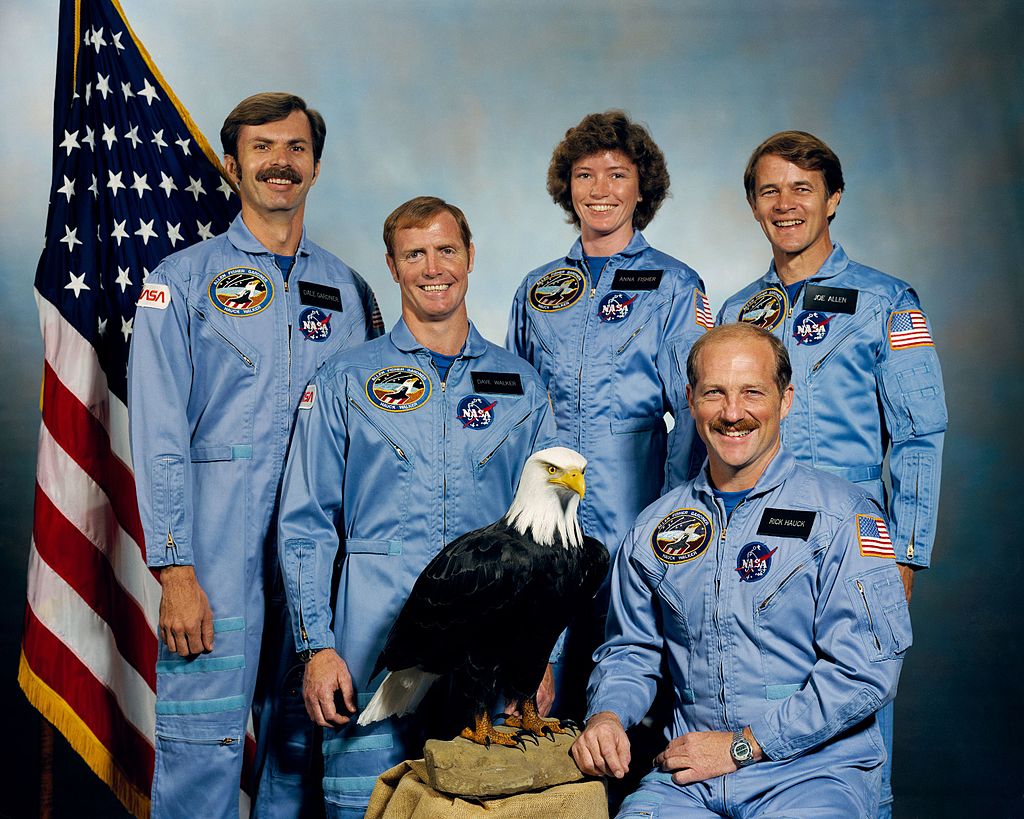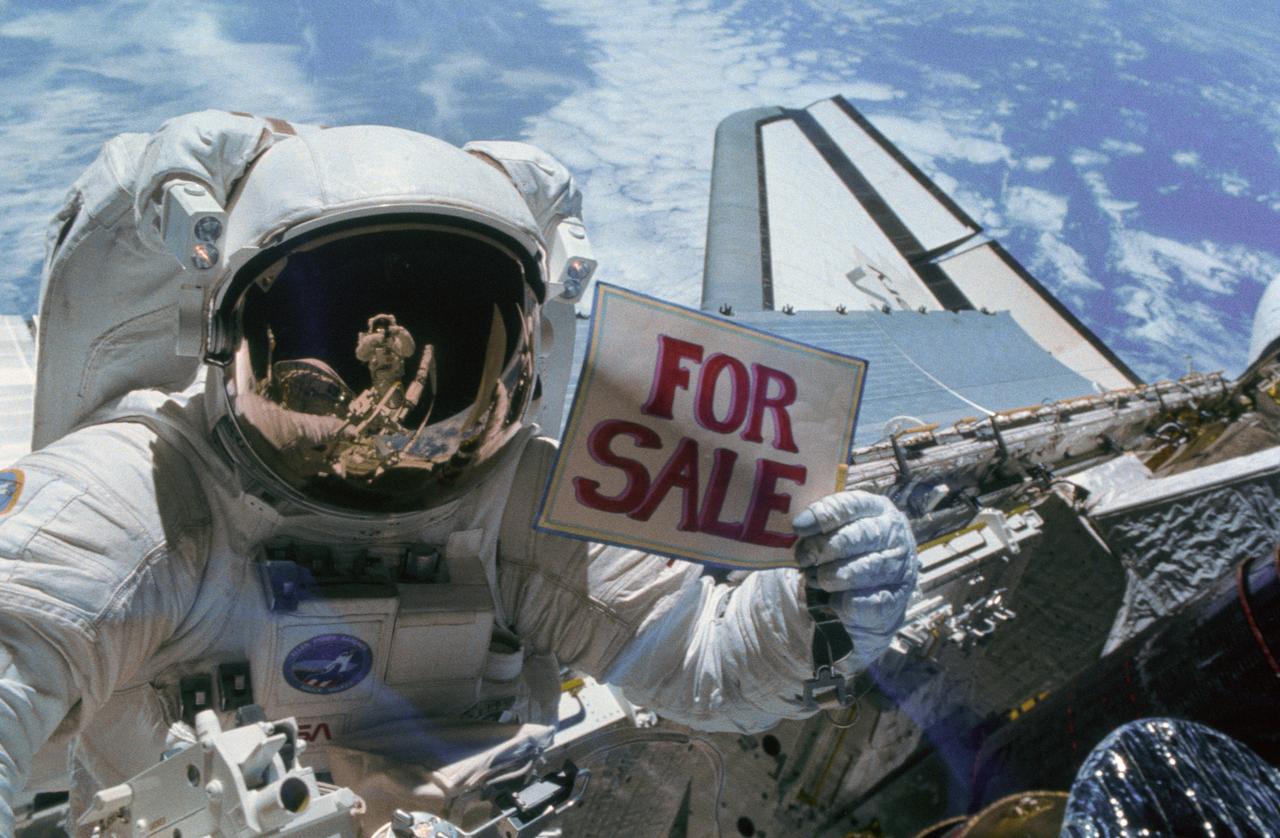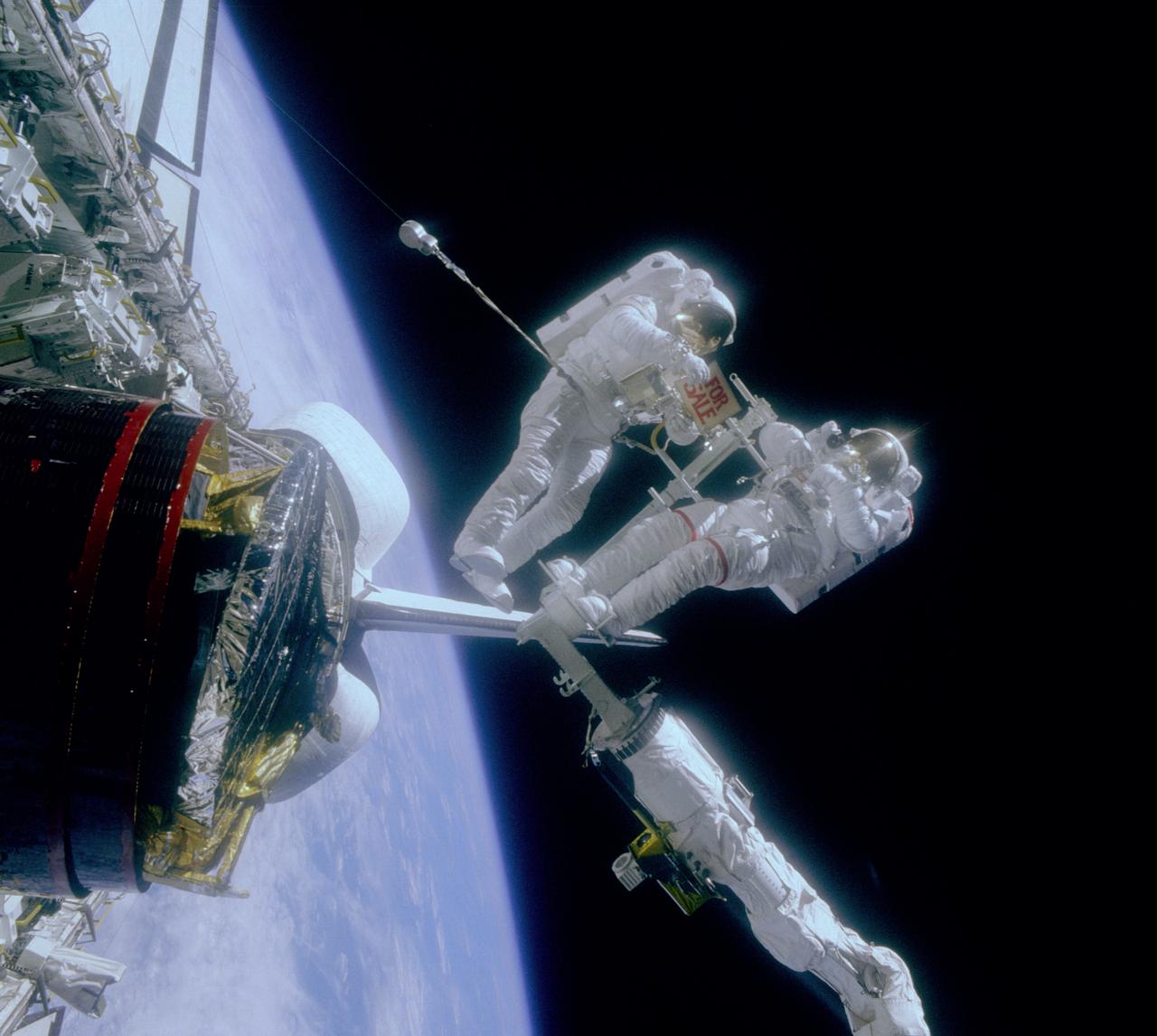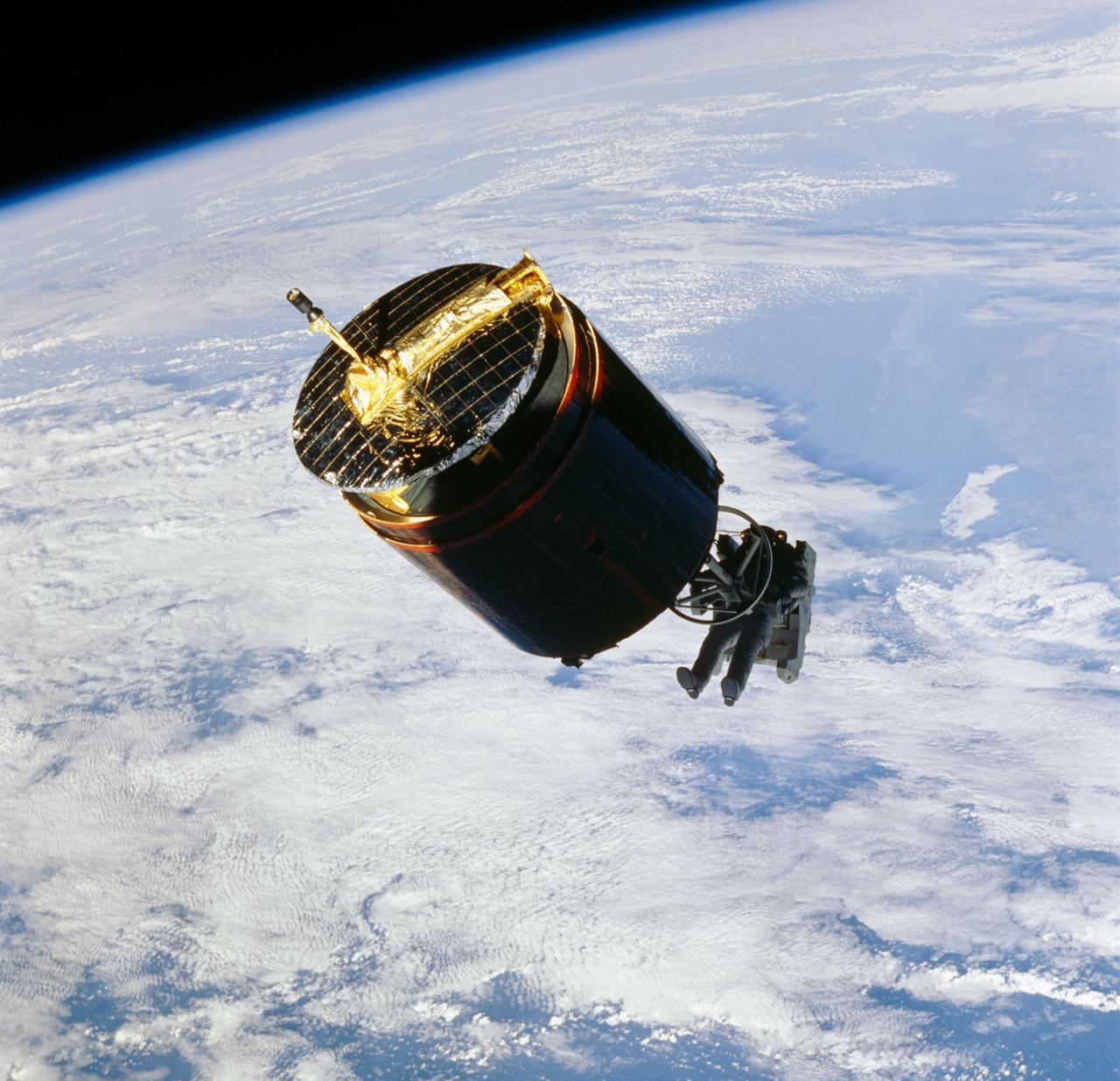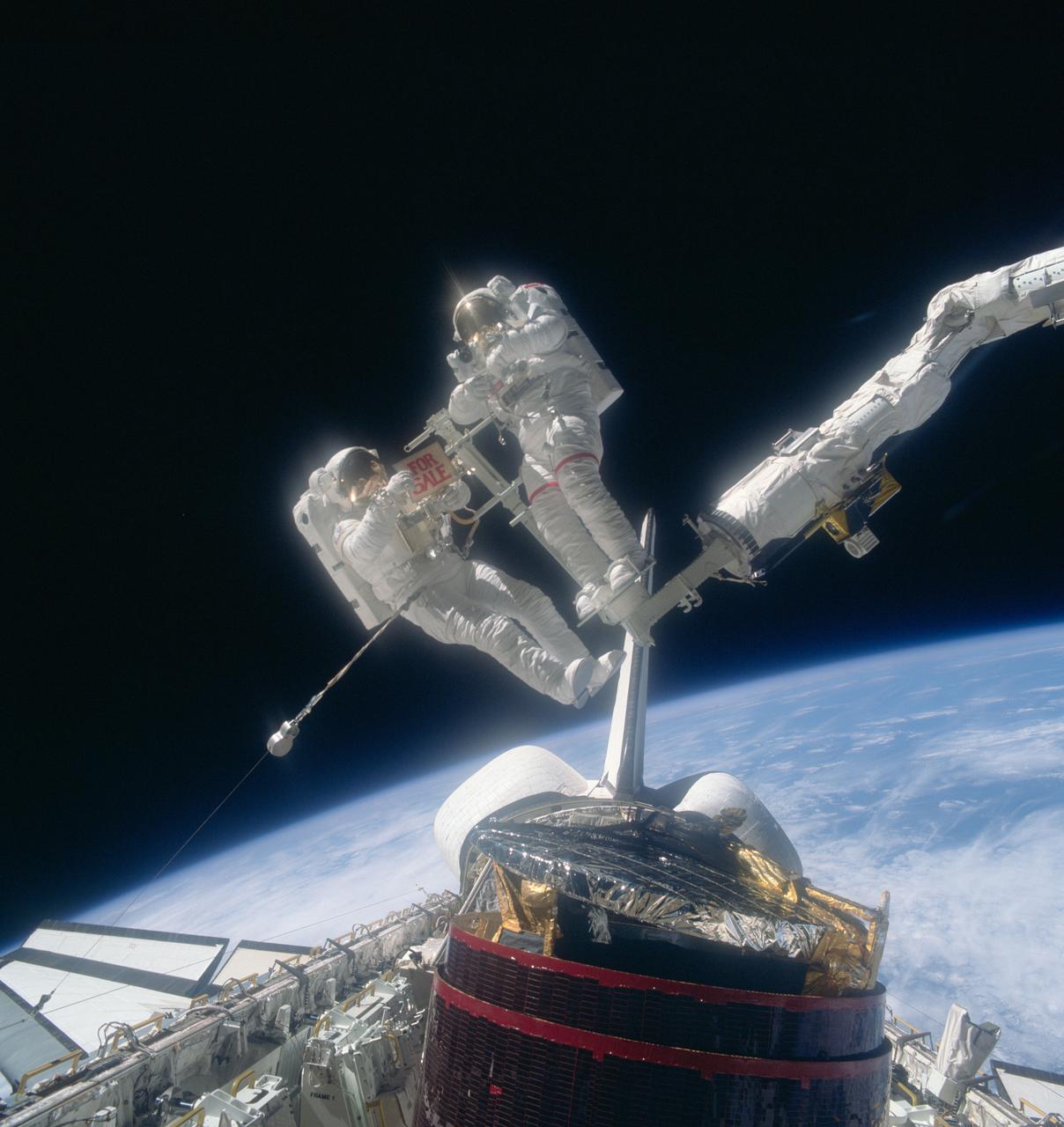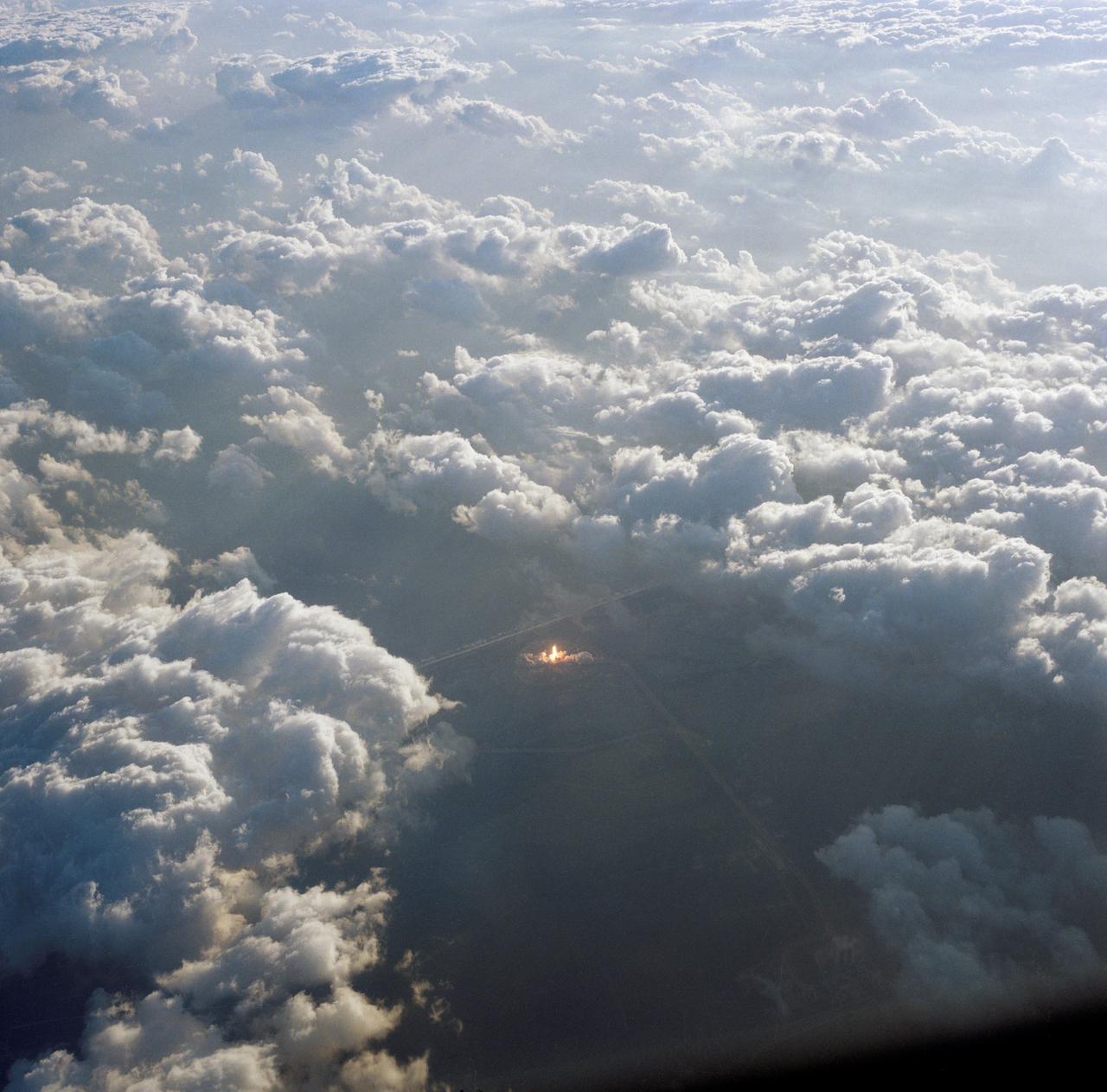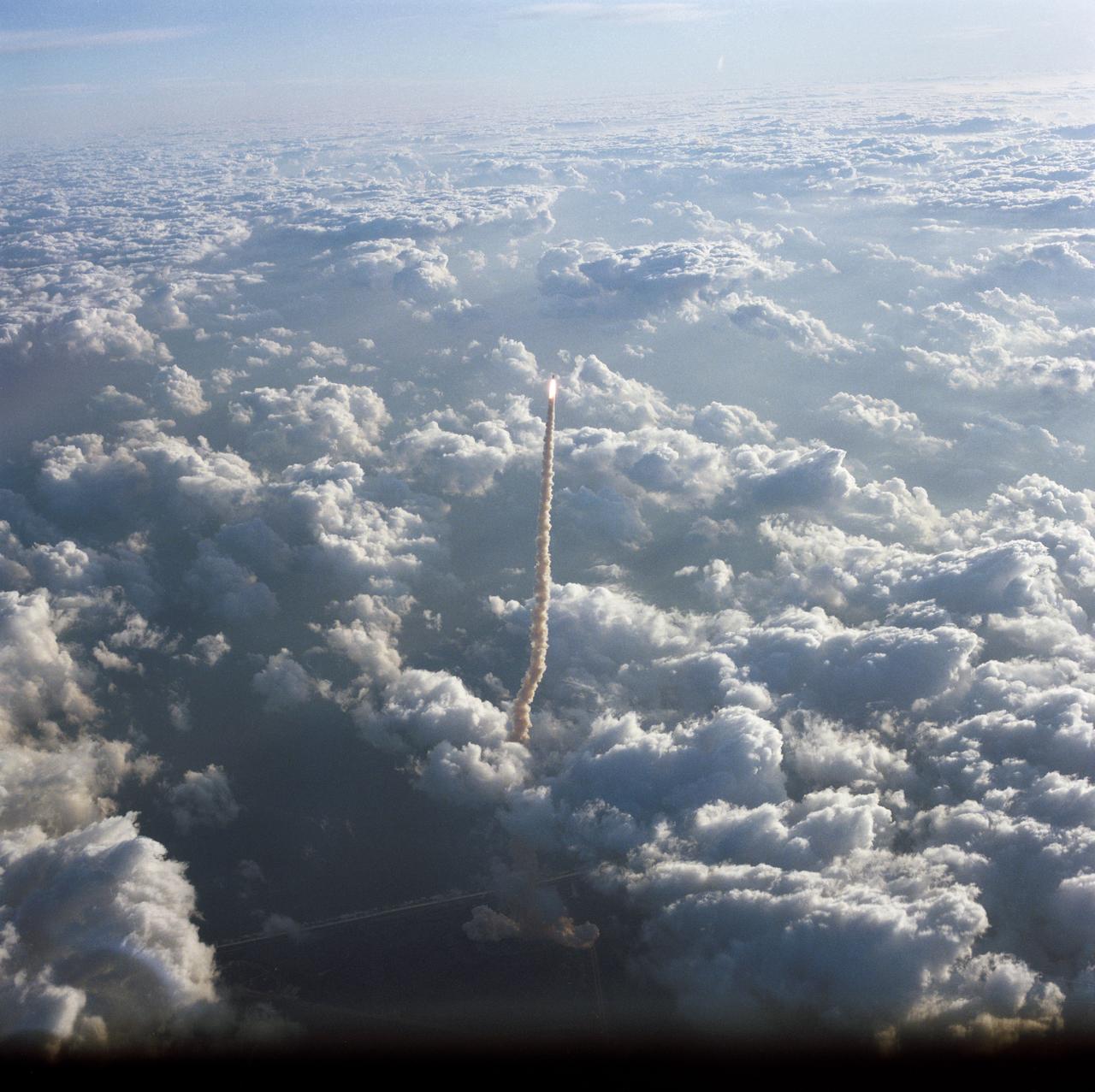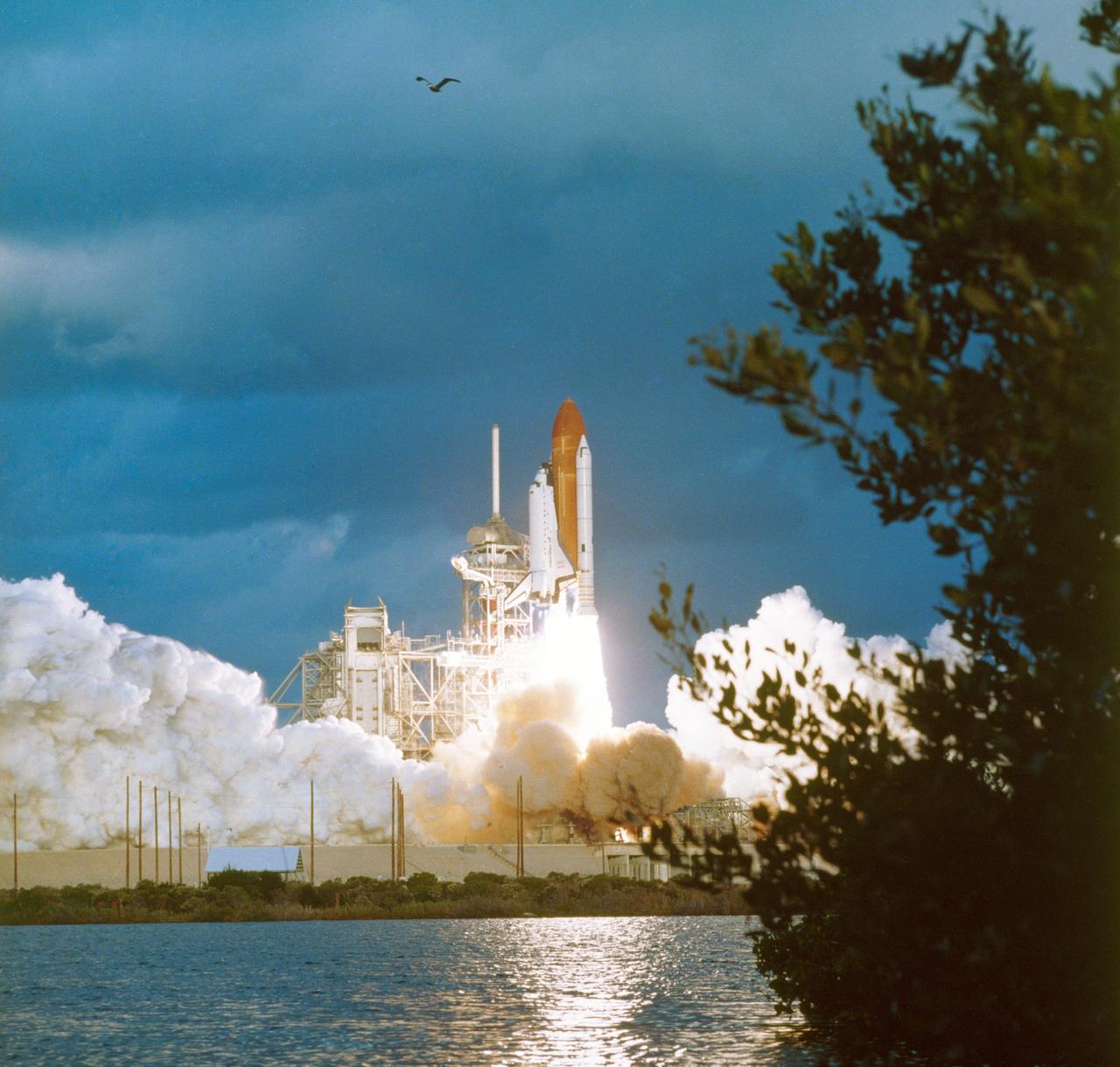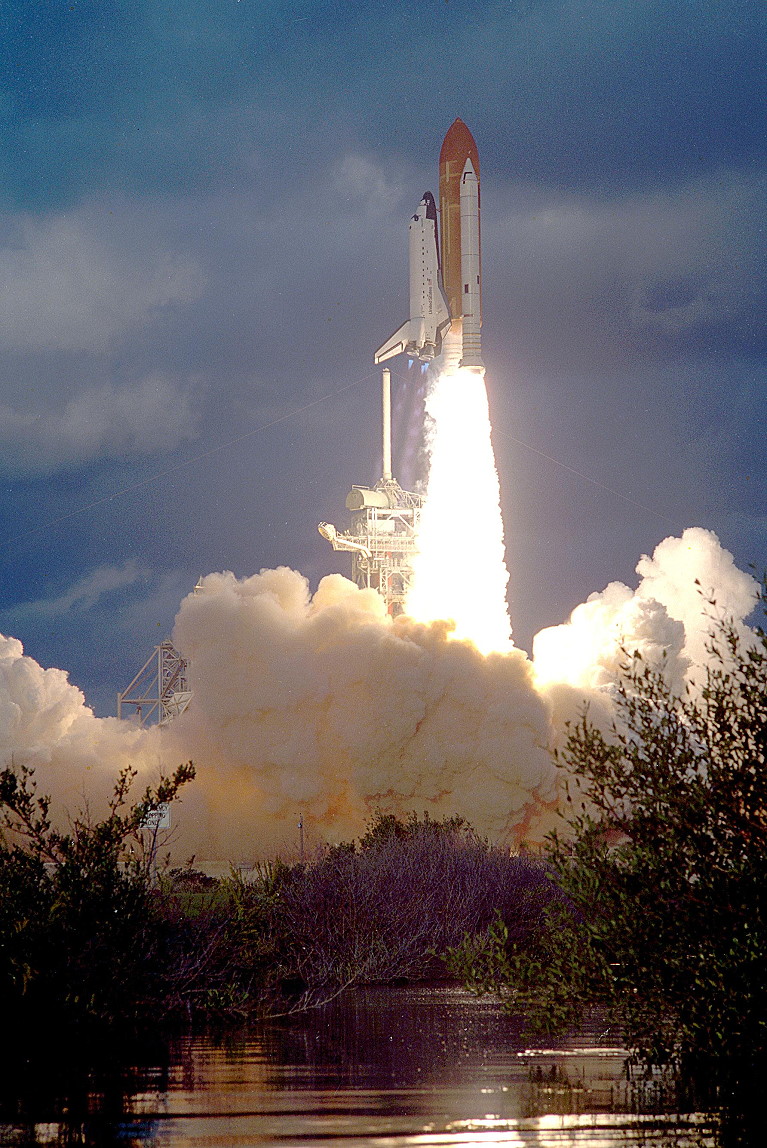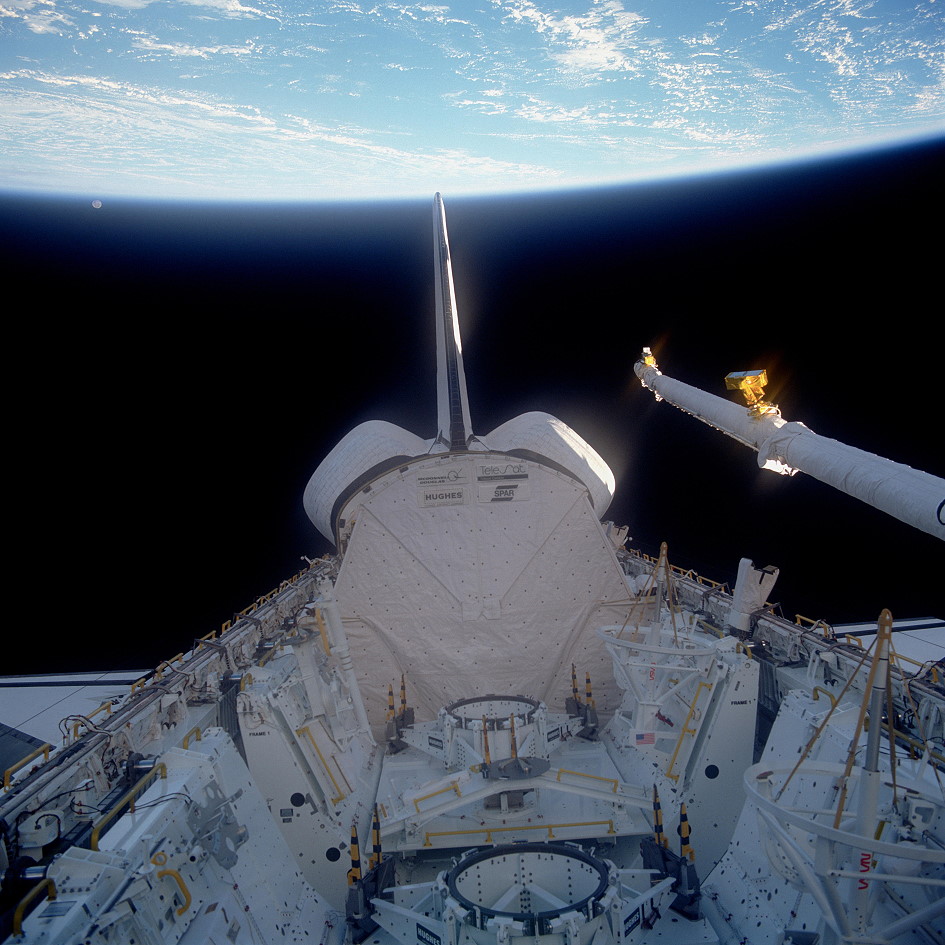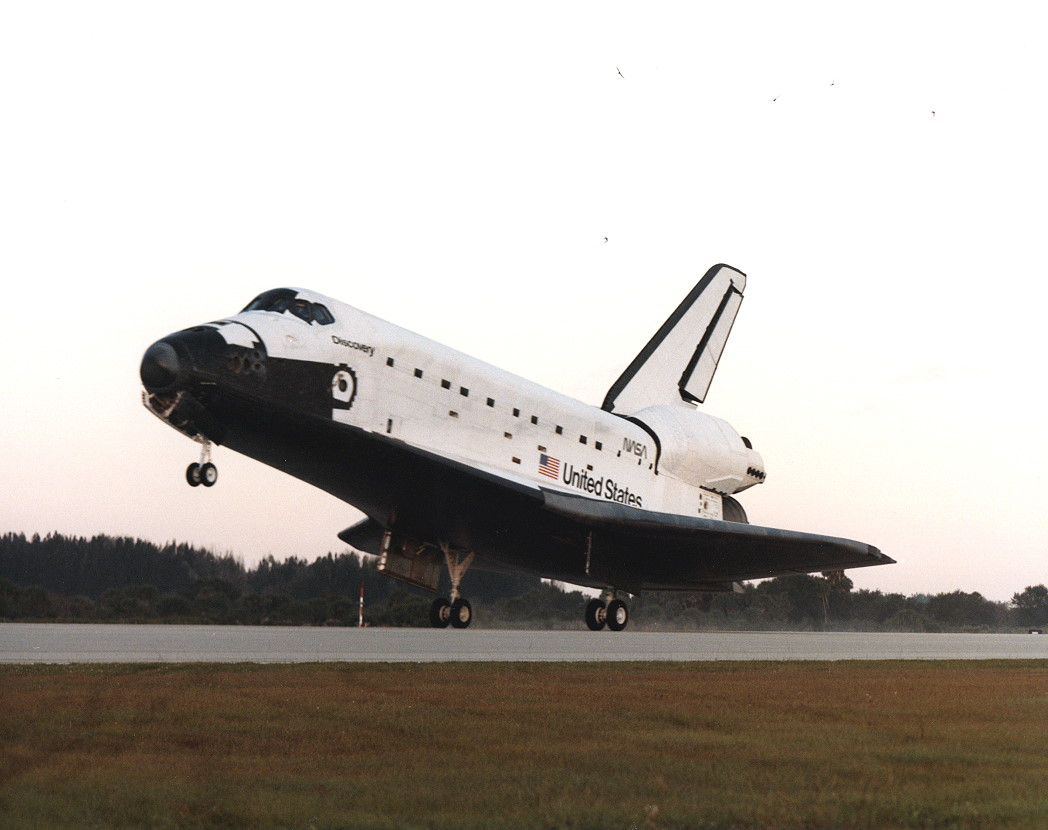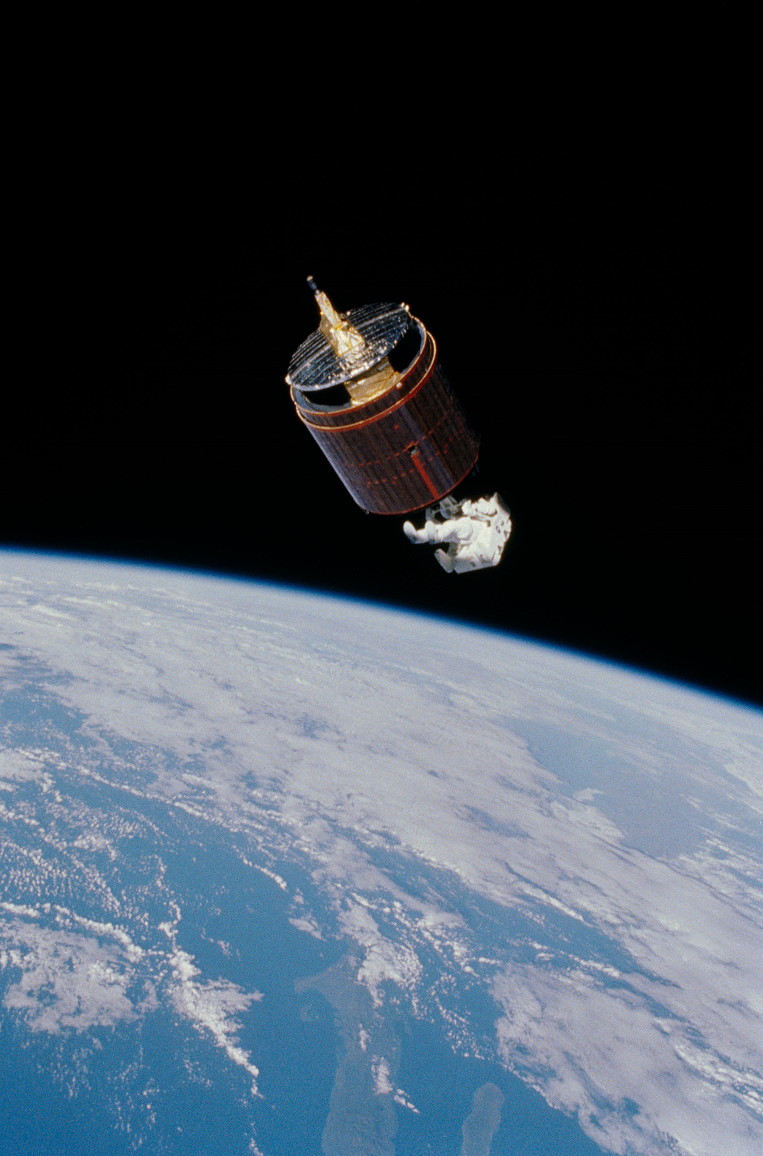STS-51A Fact Sheet
By Cliff Lethbridge

STS-51A — Discovery
14th Space Shuttle Mission
2nd Flight of Discovery
Crew:
Frederick H. Hauck, Commander
David M. Walker, Pilot
Anna L. Fisher, Mission Specialist
Dale A. Gardner, Mission Specialist
Joseph P. Allen, Mission Specialist
Orbiter Preparations:
Tow to Orbiter Processing Facility – September 10, 1984
Rollover to Vehicle Assembly Building – October 18, 1984
Rollout to Launch Pad 39A – October 23, 1984
Launch:
November 8, 1984 – 7:15:00 a.m. EST. Launch attempt on November 7, 1984 was scrubbed during the built-in hold at T-20 minutes due to wind shears in the upper atmosphere. November 8 launch occurred as scheduled with no delays.
Landing:
November 16, 1984 – 6:59:56 a.m. EST at Runway 15, Kennedy Space Center. Rollout distance was 9,454 feet. Rollout time was 58 seconds. Mission duration was 7 days, 23 hours, 44 minutes, 56 seconds. Landing occurred during the 127th orbit.
Mission Summary:
The Canadian communications satellite TELESAT-H (ANIK) attached to a PAM-D solid rocket motor was deployed to geosynchronous orbit. The defense communications satellite SYNCOM-IV-1 (also called LEASAT-1) was also deployed.
Astronauts Allen and Gardner conducted the first of two spacewalks on November 12, 1984. Using the Manned Maneuvering Unit (MMU) astronaut Allen flew to the PALAPA B-2 satellite, which had been unsuccessfully deployed during STS-41B. Using a pointed device nicknamed the “stinger” Allen successfully grasped the satellite and brought it to the Shuttle’s payload bay.
Although a device nicknamed the “A-frame” was to have been used to help stow the satellite, it did not function and the satellite was stowed manually instead. The first spacewalk lasted exactly six hours.
The astronauts conducted a second spacewalk on November 14, 1984. This time, astronaut Gardner used the MMU and “stinger” to grasp the WESTAR VI satellite, which had also been unsuccessfully deployed during STS-41B. This satellite also was stowed, and both PALAPA B-2 and WESTAR VI were returned to Earth for repair. The second spacewalk lasted 5 hours, 42 minutes.
This marked the last time MMU were employed during spacewalks.
Other payloads included the Diffuse Mixing of Organic Solutions (DMOS) and Radiation Monitoring Equipment (RME).
SELECTED NASA PHOTOS FROM STS-51A
